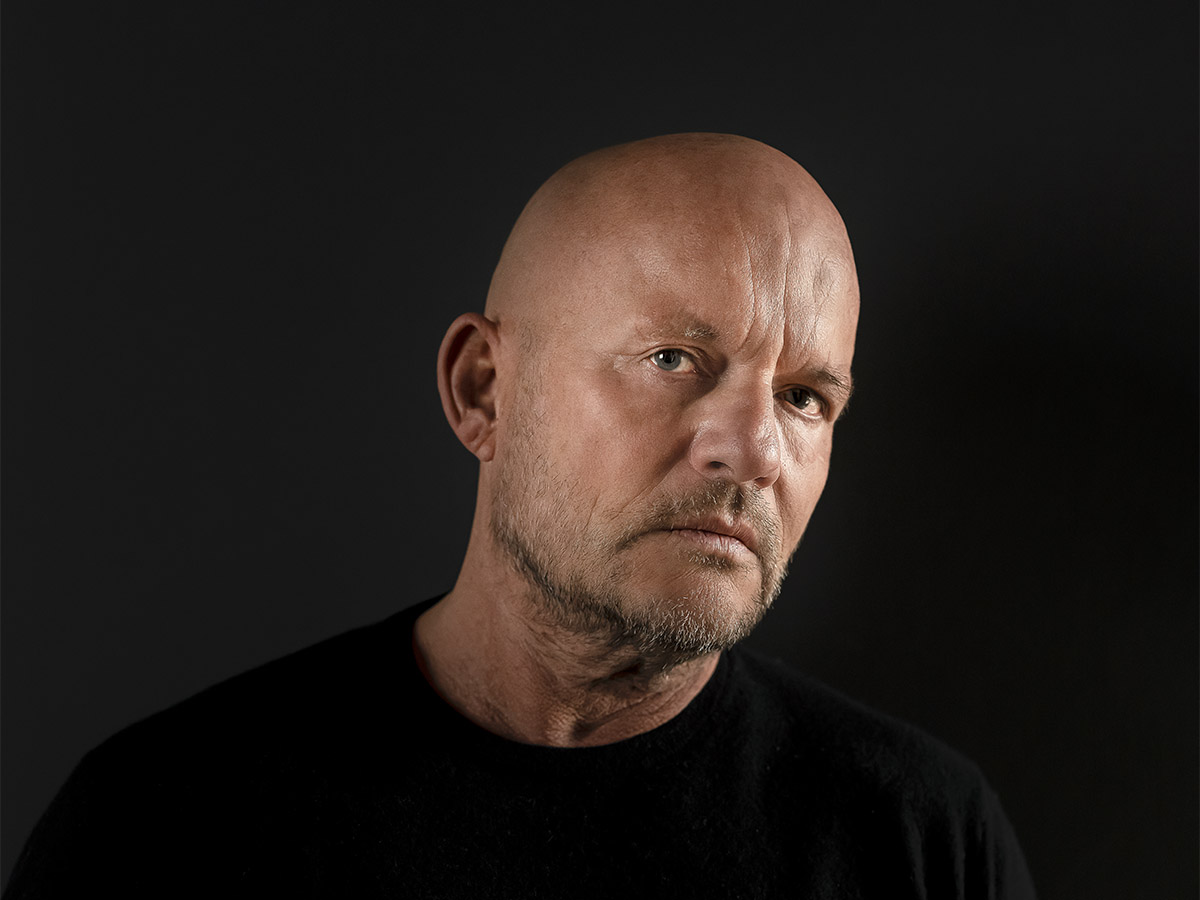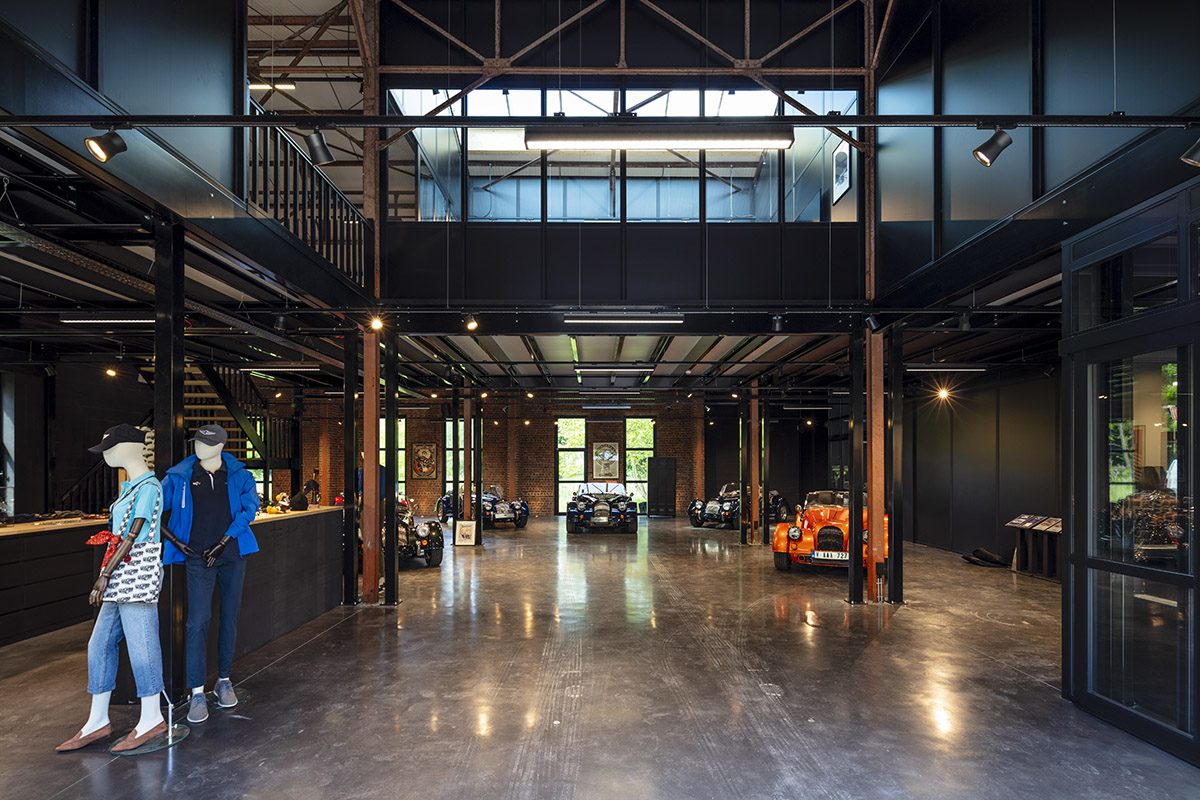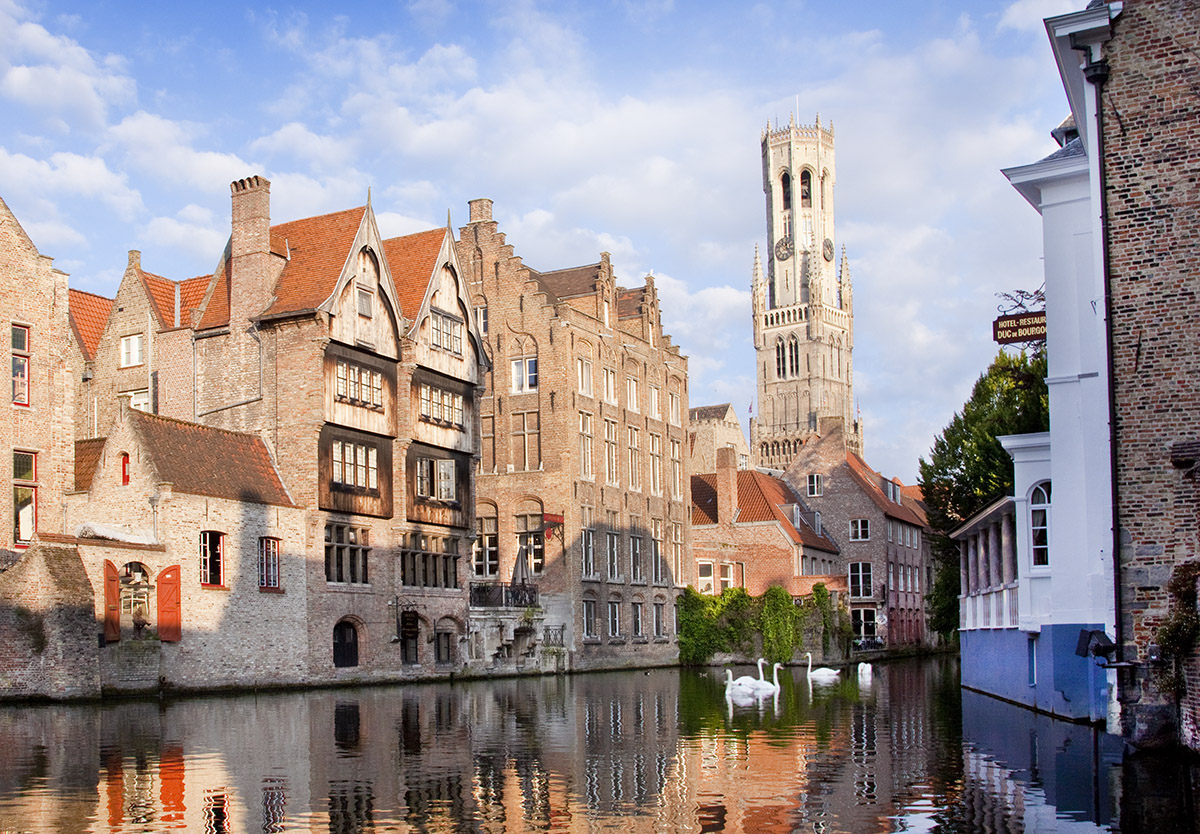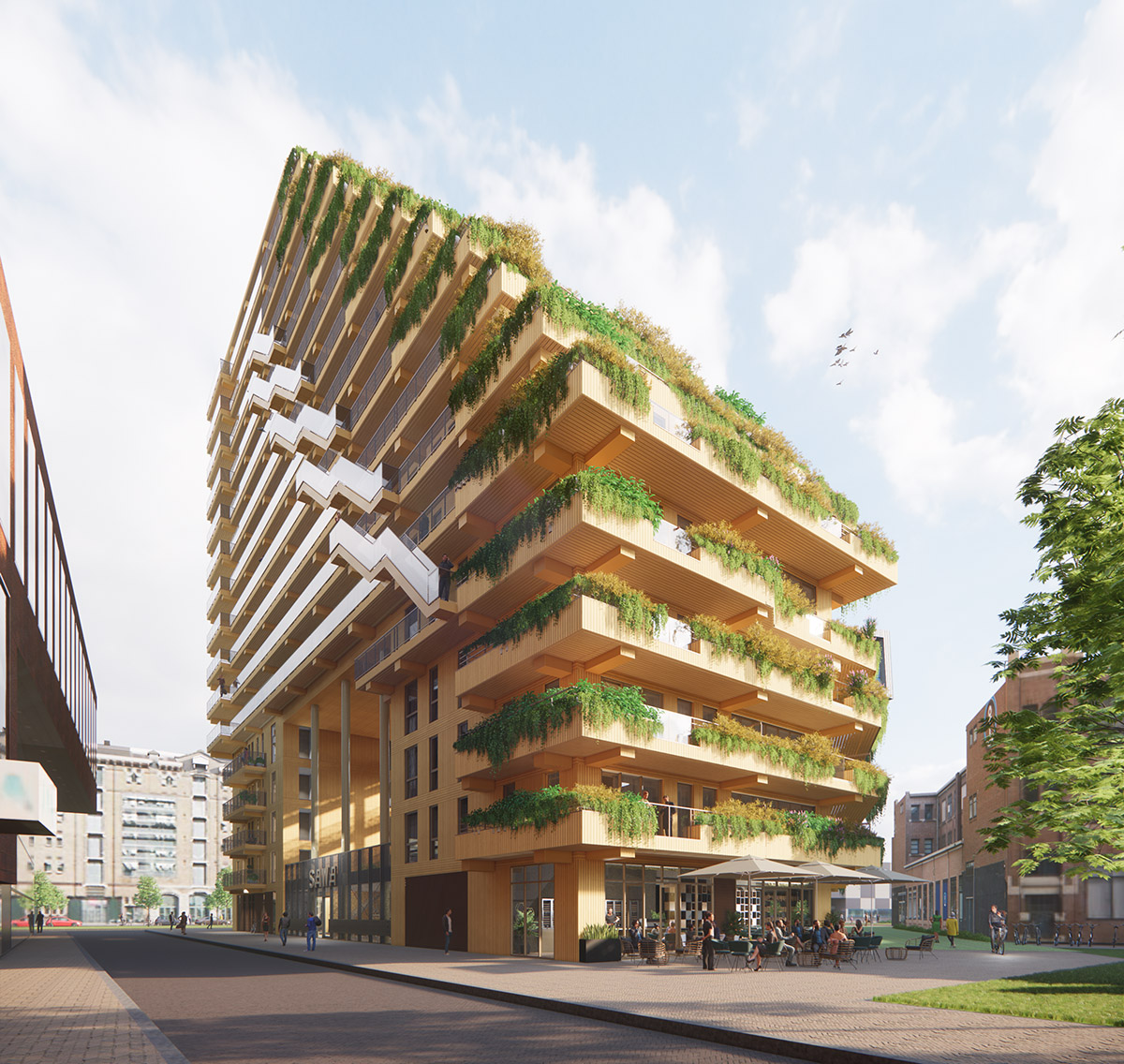AABE
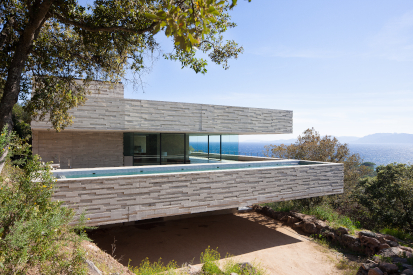
Getting better with age
TEXT: MARTIN PILKINGTON | PHOTOS © AABE
AABE, a Brussels-based architectural practice, designs beautiful modern structures for clients across the globe. And the architects’ work on materials and their relationship to the sites for which they are destined, means the beauty of their buildings will only increase over time.
The practice, founded by Bruno Erpicum three decades ago, is rooted in modernist architectural principles, so focused on form and proportions rather than any decorative additions. But he and his colleagues firmly believe that what they do as architects must continue to change and to evolve.
A major stage in the practice’s own evolution came at the end of the last decade. “We’d become very aware that many modern buildings look astounding as designs and when they are first built, but within a few years, the hi-tech surfaces can lose their initial beauty, and will continue to deteriorate thereafter,” says Bruno. “We want to create the exact opposite of that, we want the buildings to gain in patina, to become more beautiful over time, thus to be lasting and to become more and more at one with their environment.”
The buildings can be found now in 16 different countries, across much of Europe and as far afield as the Caribbean, the USA and South Africa. There are therefore some very different environments and climates no be aware of, and, as the practice has, as another of its guiding principles, the absolute need for a building to fit within its generally natural setting, this means that great diversity is required in the materials employed.
“Built in 2009, the house known as “GO” illustrates this new side of our work. The exterior was made using simple limestone, the overarching idea in that case being that here in Belgium, a country that has its fair share of bad weather, it should look as good in the rain as in the sunshine. When it’s raining the building’s exterior really scintillates. It’s been standing for nearly ten years now, and over time, it seems to fit increasingly naturally into its environment – it has actually gained in beauty and interest rather than becoming jaded,” says Bruno.
He offers, as another example, a house in Corsica designed by AABE, where for the structure to work in its stunning natural setting, they decided to use concrete made with the addition of rock dust incorporating local stone, and had the concrete panels manufactured using forms fitted with planks of wood of varying thicknesses, giving a grooved effect along with some flat horizontal surfaces, where vegetation and coastal sediments would be deposited. “It has become a living structure, a paean to the passage of time,” he adds.
“The nature within which we build must take priority,” he continues, to which end AABE harnesses nature’s own materials for their buildings’ exteriors: “Stone, concrete – made, after all, from sand, water and stone – and various woods, all are natural materials, and all can be used in such a way that they improve with age. Wood, if it is used intelligently, in the right place, can bring magnificent effects as it weathers and develops character, and can last for a very, very long time.”
Web: aabe.be
Subscribe to Our Newsletter
Receive our monthly newsletter by email
